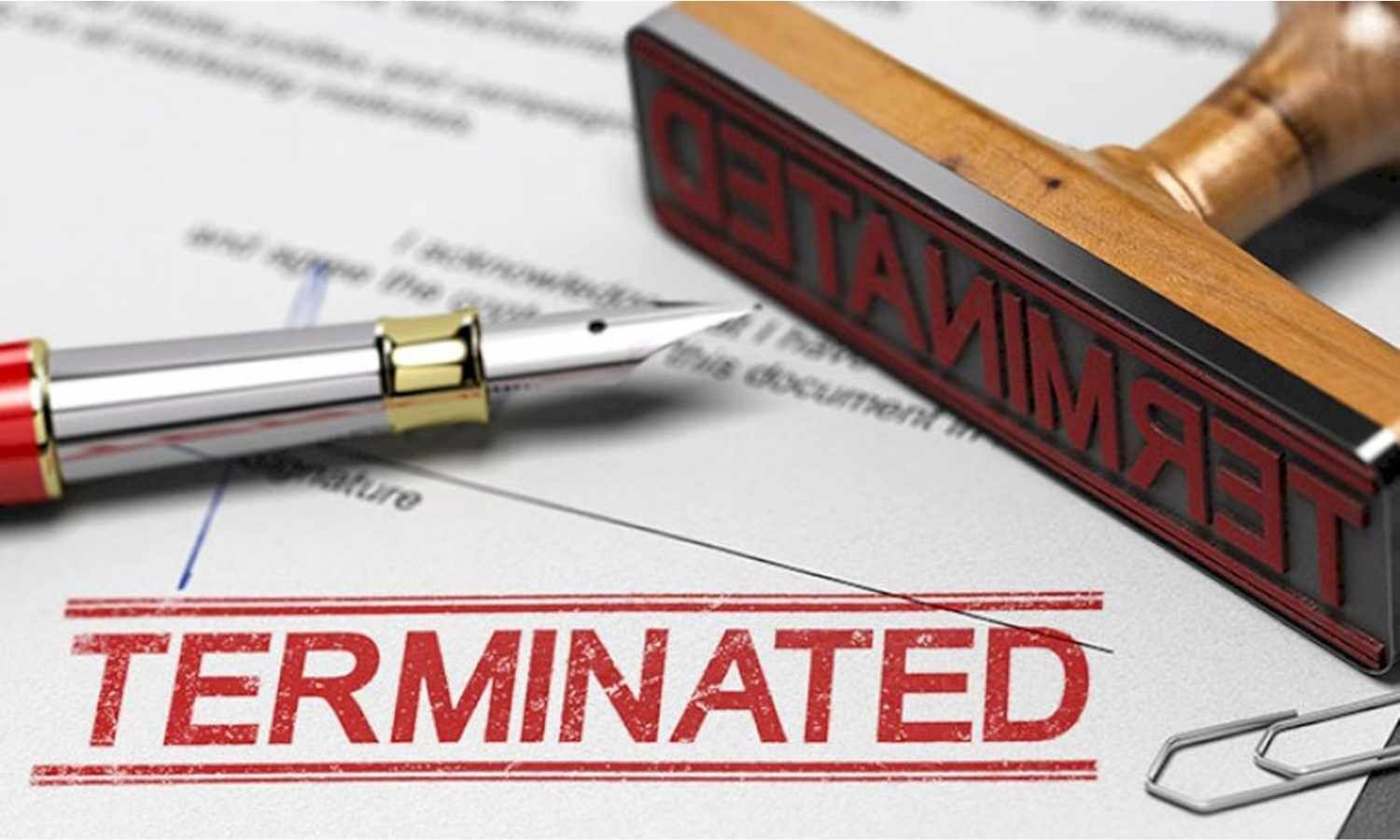Hospitals and clinics today run on technology. From the diagnostic tools they use to figure out what’s going on inside the body to the monitors that watch important vital signs, it’s important to keep everything up and running. Unfortunately, because of the busy nature of working in healthcare, fixing broken devices is often more reactive than proactive. Hospitals that want to get ahead so they can continue saving lives are starting to recognize the ways that they can implement a preventive maintenance routine. Let’s evaluate the different reasons that this helps save lives.
The Dangers of Skipping Routine Maintenance
Most people wouldn’t think that skipping maintenance would be a problem until the heart monitors go down or the CT scan machine is putting out bad data. A patient going into cardiac arrest when no one is around or a CT scan machine missing an important lesion could mean the difference between life and death.
Without a good maintenance schedule to ensure everything is working correctly, hospitals could be liable if something bad happens to a patient as a result of their negligence. On top of that, medical facilities could also save a lot of money when they catch minor repair issues early versus needing a major repair of equipment later on.
Tasks to Include on a Preventive Maintenance Schedule
Repair techs need to do things like regular inspections, recalibrating machines, and keeping certain parts on a regular replacement schedule. Keeping good documentation and notating when a piece of equipment was last serviced is also crucial.
Another part of creating a good maintenance routine involves ordering OEM components to have on hand when things break. This includes reordering parts that you go through quickly and ensuring compatibility with the brand of devices you use. For example, having the right Parks medical electronics on hand when a probe stops functioning or you need a specific battery can ensure that all of your Parks brand items will work best. It also provides fewer unknowns than you would experience by getting parts from a 3rd party vendor instead.
Missed Checks Could Mean Missed Diagnoses
Whether it’s a scope to look for polyps or a device that scans for chronic venous insufficiency, having the right tools functioning when you need it most means that diagnoses don’t get missed. In the case of veins, for example, medical professionals may need to use a combination of ultrasounds and MR venography or even near infrared imaging to see what’s going on under your skin.
When these devices aren’t working properly, or they aren’t working at all, doctors and techs don’t have all the tools they need to make an accurate diagnosis. Whether it’s a failed port or a cord that’s no longer charging the system, these little problems have a big impact. Preventive maintenance can catch these things early and ensure that the right diagnosis can be made sooner rather than later.
Downtime can Increase Emergency Response Times
In an emergency, the last thing you need is for your diagnostic tools to stop working. Emergency departments in particular rely on devices to help doctors quickly assess, triage, and even operate on individuals. When you don’t do regular maintenance, you could end up with an x-ray machine malfunctioning and worse. This slows down patient care and can impact outcomes as well.
By doing regular maintenance checks, you’re more likely to catch issues when you are not in the middle of a crisis and can have a plan in place to ensure continuity of care. Even short delays during a stroke or cardiac event in particular can change the end result. It’s important to create custom checklists in daily, monthly, and annual intervals, and also to coordinate with different departments to avoid scheduling conflicts for planned downtime.
Meet Regulatory Standards With Preventive Maintenance
Depending on the equipment, there are regulatory standards that hospitals need to meet so that they can use the devices to provide medical care. To meet these standards, medical facilities often need to prove that the devices are in good condition to be able to use them on patients. By providing maintenance records or showing evidence of purchasing replacement parts and having good supply chain management practices, it can in part satisfy this requirement.
Without these maintenance records, hospitals and clinics risk losing their accreditation and no longer being able to help patients in a given region. In this case, preventive maintenance becomes part of a greater compliance strategy instead of a technical one.
While of course meeting regulatory demands and even saving money is important for a hospital or clinic, it’s also crucial to consider how poorly maintained equipment can impact patient care. And those are the outcomes that really matter when it comes to being in the business of saving lives.
Image by TheDigitalArtist from Pexels
The editorial staff of Medical News Bulletin had no role in the preparation of this post. The views and opinions expressed in this post are those of the advertiser and do not reflect those of Medical News Bulletin. Medical News Bulletin does not accept liability for any loss or damages caused by the use of any products or services, nor do we endorse any products, services, or links in our Sponsored Articles.










